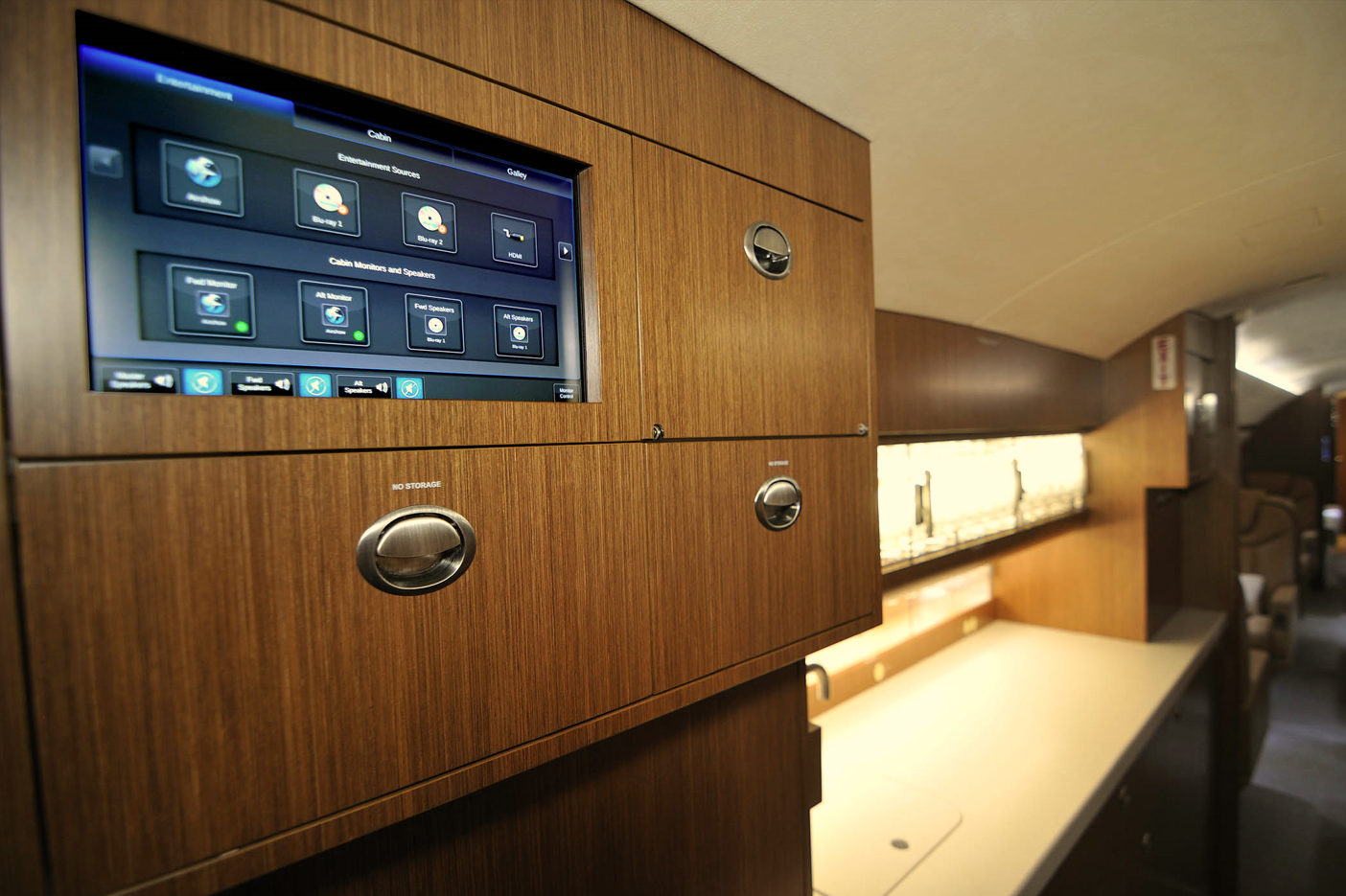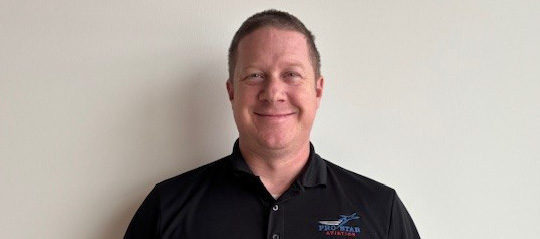2023 NBAA BACE Wrap-Up

Throughout the three-day course of the 2023 NBAA BACE, held at the Las Vegas Convention Center, Pro Star played a role in some significant updates for business aviation. While I was not personally present this year, Pro Star had both of its regional sales managers, as well as the general manager, in attendance. Despite the smaller than normal attendance contingency in Las Vegas, it still had one of its most, if not the most, productive conventions yet.
First and foremost, Pro Star had one of the largest news announcements in the company’s history. On the first day of the convention, Dassault Aviation announced its partnership with Pro Star as the Northeast US authorized service facility. In a Pro Star Aviation first, this announcement was at the static display instead of the exhibit hall. This was the first time that Pro Star Aviation has had such a large and impactful announcement to unveil during the NBAA national convention.
In addition to the major Dassault Aviation announcement, Pro Star also was one of a very select few MROs to participate in the Starlink Aviation Flight Demonstration of its now certified Business Aviation connectivity solution. At last year’s convention in Orlando, Starlink opted not to attend, instead choosing to announce their involvement in the business aviation field on Twitter (now X). This year, however, not only was Starlink in attendance, but they were ready to demonstrate the technological leaps they had taken with their LEO (low-earth orbit) satellites.
Unlike most experiences with in-flight connectivity announcements and demonstrations, it not only lived up to, but exceeded our expectations. Not just with our team, however, but nearly every professional who was able to experience it for themselves. According to those who experienced the demonstration, it is now comparable to connectivity on the ground. It seems that for the first time ever, in-flight connectivity is really starting to catch up with the expectations of the flying public.
The demonstration also took place at the airport rather than the exhibition hall. This is a trend that many exhibitors are seemingly adopting in this post-pandemic era. Typically, exhibitors will have a large contingency at both the static display and the trade show hall. Now, however, like Pro Star, most major aircraft manufacturers were primarily all at the static display with little or no exhibition hall presence. It is clear that change is in the air for aviation conventions.
One of the biggest signs of this change is reflected in the lack of Gulfstream Aerospace’s attendance. Gulfstream, which was once the cornerstone of the NBAA convention, decided not to attend the trade show at all this year. This move from Gulfstream may very well be a significant bellwether of the future to come. The decision is likely due to the high level of competing goals that are present at a national trade show. Unlike more regional shows, national conventions have a lot of interests to attend to that can be bogged down in all the noise. So, while the Las Vegas NBAA was still well attended, with over 20,000 attendants and 800 exhibitors, there seems to be a shift taking place in priorities for business aviation.
Regional trade shows are still very well attended and are likely to only increase as this shift continues to alter the landscape of aviation conventions. Only people with a need to attend are there and often have an invested interest in the business affairs of the show. Because of this, it is much easier for attendees and exhibitors alike to see a real return on their investment. It is for these reasons, as well as the real-time changes noted by our sales team this year, that I believe these smaller and more focused conventions will be the future of trade shows for the aviation industry.



